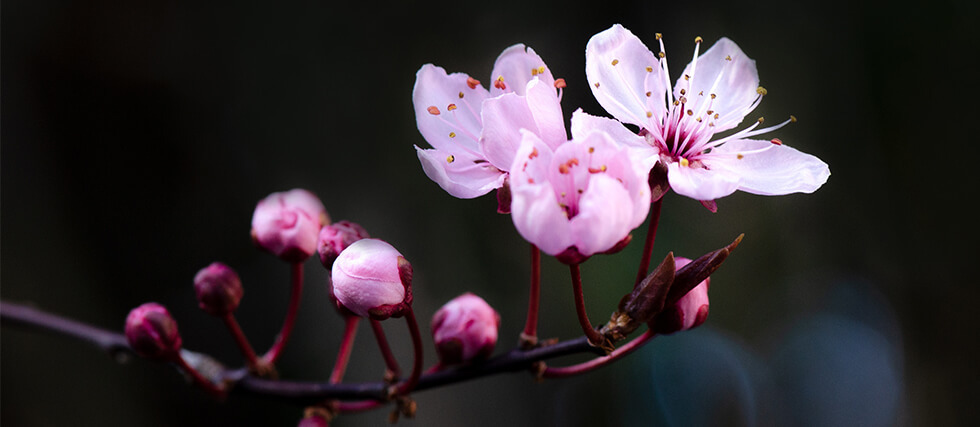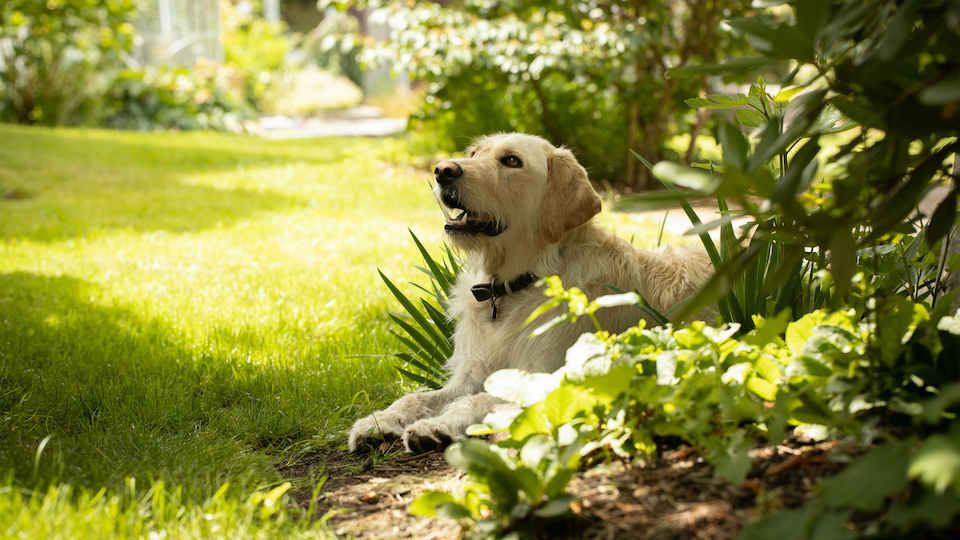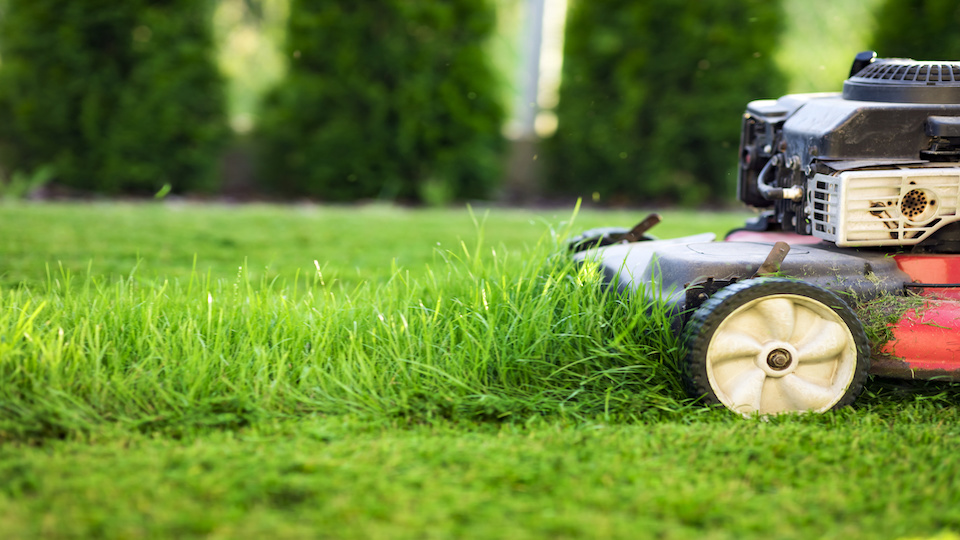Spring Danger in Disguise: Why Cherry Blossoms Could Make Your Dog Sick
Cherry blossoms may be the highlight of spring, but they’re not as harmless as they look—especially if you’ve got a curious pup in tow. While they make for a beautiful stroll, parts of cherry trees can be toxic to dogs.
The problem? Cherry trees contain cyanogenic glycosides—compounds found in the leaves, stems, pits, and sometimes blossoms. When digested, they can release cyanide, a potentially deadly toxin. That said, the actual risk from cherry blossoms alone is low. Your dog would have to eat a large amount of petals or chew on numerous pits for serious poisoning to occur.
Veterinarians say swallowing a couple of whole cherry pits is unlikely to cause harm, but chewing through them can be risky. Even without full-blown poisoning, eating petals or leaves may upset your dog’s stomach, causing vomiting or diarrhea—especially if the material is decaying or contaminated.
The good news? It’s easy to stay safe. Keep an eye on your dog around cherry trees, especially those dropping petals or fruit. If your dog does eat part of the tree and seems off—panting, vomiting, or unsteady—contact your vet or call the ASPCA Animal Poison Control Center at 1-888-426-4435.
For mild stomach issues, vets recommend skipping food for 10–12 hours, then offering a bland diet like boiled chicken and rice. But if symptoms persist or worsen, don’t wait—get help.
Cherry blossoms may be a seasonal favorite, but when it comes to your dog, a little caution goes a long way. Enjoy the blooms—but keep those sniffing snouts safe!




